Surface Duo one year later: Slow progress, mixed bag
Surface Duo is one year old today. How has it improved?

Microsoft's Surface Duo has been available to buy for one year today. Announced almost two years ago at an event in New York City, the Surface Duo has been a polarizing device for being both Microsoft's re-entry into the phone market and its first "foldable" device.
I've been using the Surface Duo as my only smartphone for an entire year, so I'm pretty familiar with it at this point. So, one year on, how is the Surface Duo today? Has Microsoft been good to its customers? Have all the issues been ironed out? Are dual-screens the future?
It's complicated.
Microsoft is right about dual-screens
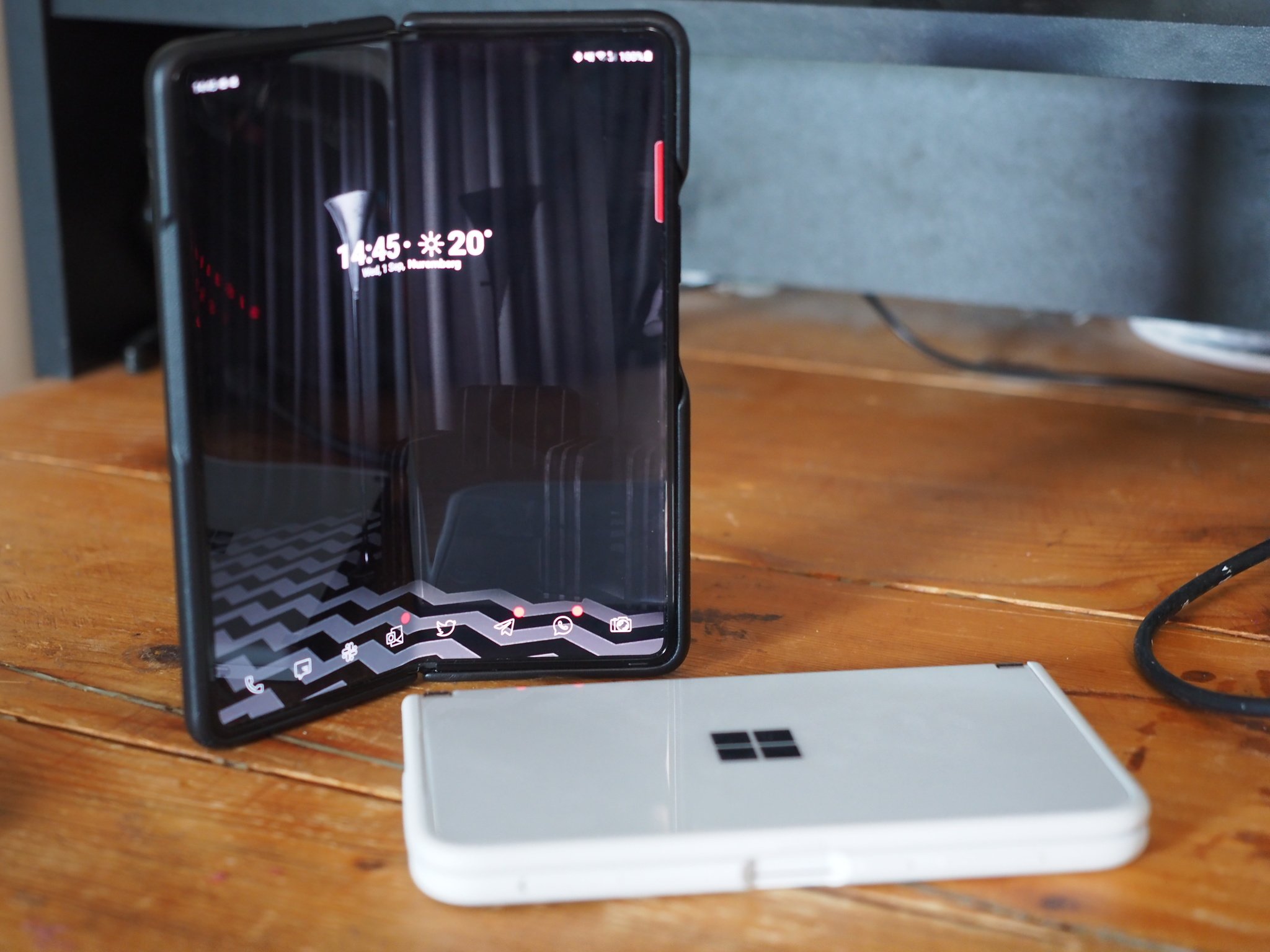
I was a Galaxy Fold user for about 10 months before I picked up my Surface Duo in September 2020. So, I've had ample time to experience both foldable screen and dual-screen form factors. When the Surface Duo was first announced, many criticized Microsoft for opting for a dual-screen setup instead of the technically superior foldable screen, but I think Microsoft was right in its decision.
After one year of using dual screens, I don't think I could ever go back to using a single-screen foldable, let alone a standard slab phone. The "defined real-estate," as Microsoft Surface chief Panos Panay put it, is no joke. It really does make a difference in your overall productivity and workflow. It's not something you notice when using the device, but this defined real-estate forces you to multitask in ways the Galaxy Fold doesn't.
For example, on the Surface Duo, I often open up both Telegram and Twitter. I'll be scrolling through my Twitter feed while checking my missed messages in group chats. If I need to type out a long paragraph, I just fold back one of the screens and begin typing. This experience on the Galaxy Fold is not so straight forward. I have to open Twitter, then manually initiate multitasking mode before I can even see Telegram next to it. It's a process that I have to think about first.
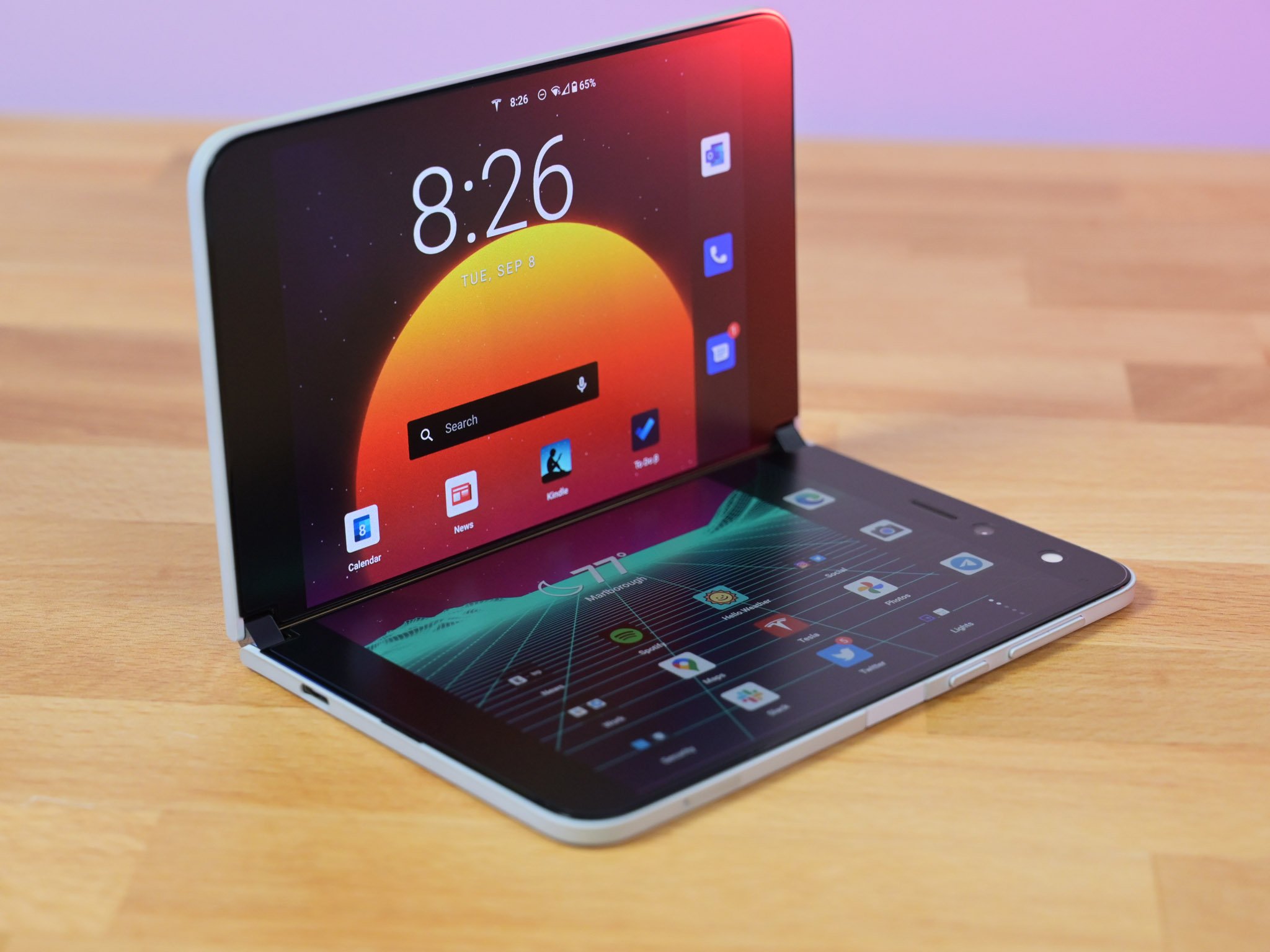
I don't have to think about that process on Surface Duo. It just happens. It's instinctive when you have an entire secondary display just sitting there waiting for you to interact with it. I don't deny that the Galaxy Fold can functionally do everything the Surface Duo can from a multitasking perspective, but the difference is the Duo makes it seamless; it makes it natural. This is not the case on a device like the Galaxy Fold.
All the latest news, reviews, and guides for Windows and Xbox diehards.
But even when you do multitask on the Galaxy Fold, the apps become super cramped because of the Fold's aspect ratio. The benefit of the Surface Duo is that you have two full-sized phone screens that display phone apps perfectly. The displays on the Surface Duo are only 5.6-inches, but I've never once felt like they are too small. That's all thanks to their aspect ratio.
Surface Duo's displays are uniquely shaped, but never feel too small.
The Galaxy Fold's biggest issue for me was that most Android apps aren't really designed for tablet-sized screens, so many apps look weird or spread out when on the Galaxy Fold. There's no such problem on the Surface Duo, because you're only ever using 5.6-inch displays at any one time.
Some say the displays on the Surface Duo are too wide, and I can see where that idea might come from. Yes, it's too wide to comfortably hold and navigate with one hand, but the real-estate that the keyboard has when in single-screen mode really makes up for that when using both thumbs to type. I've never had a more comfortable typing experience than I have on Duo when in single-screen mode.
The hardware has been a mixed bag
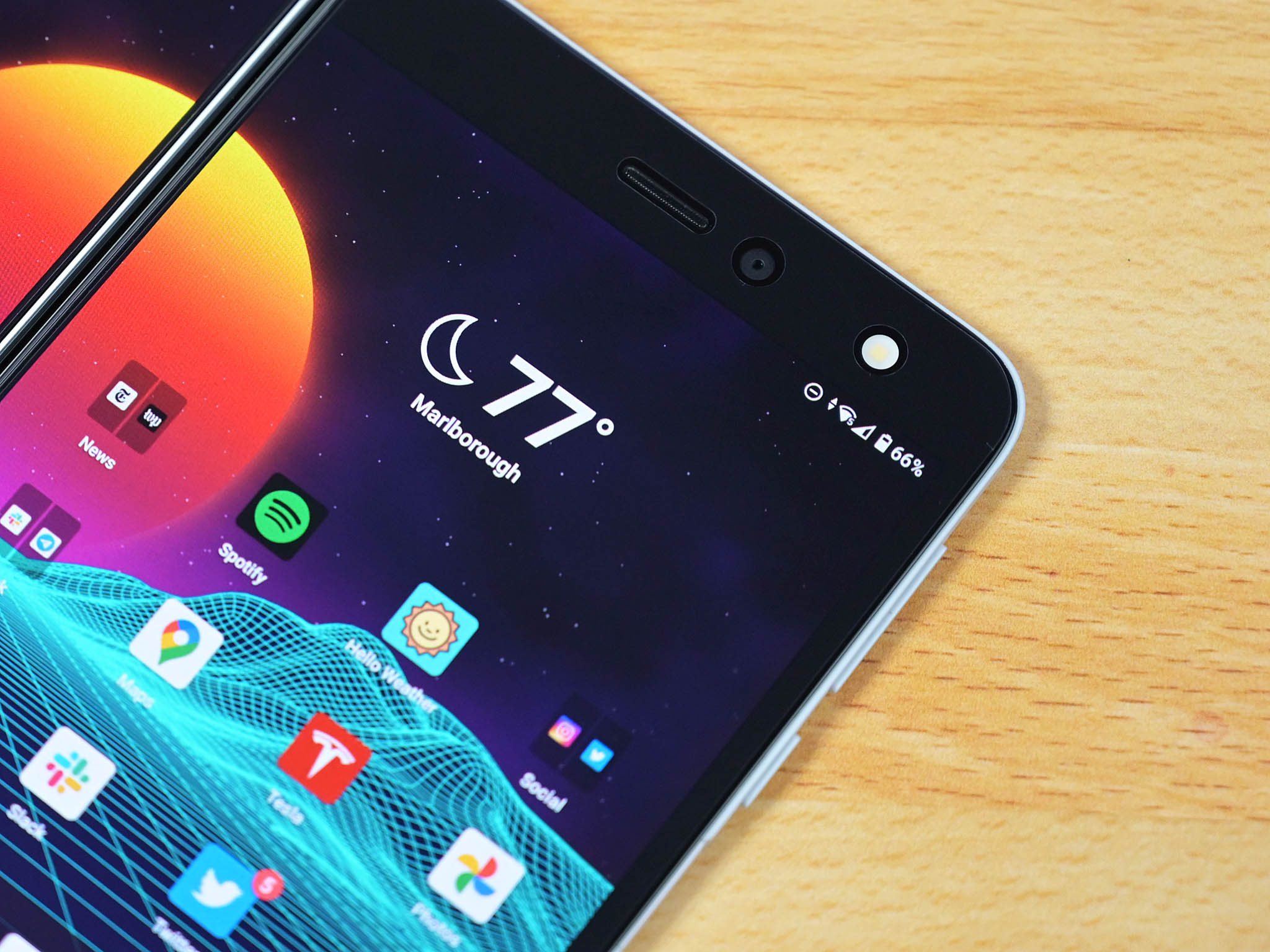
Dual screens aside, other aspects of the Surface Duo have been a mixed bag. The overall design is contemporary, minimal, and super thin. It's beautiful to look at, and I admire the Surface team for being bold and omitting common smartphone features to achieve this design. That said, those omissions have gotten old really quickly, and I'm now at a point where I wish this device had things like NFC and a better camera system on the outside.
But there are issues with some of the materials that Microsoft has used on the Surface Duo. It became apparent pretty early on that the polycarbonate edges around the Duo aren't all that durable, and the color yellows quite significantly over time. After one year of use, my Surface Duo looks dirty, even though it isn't.
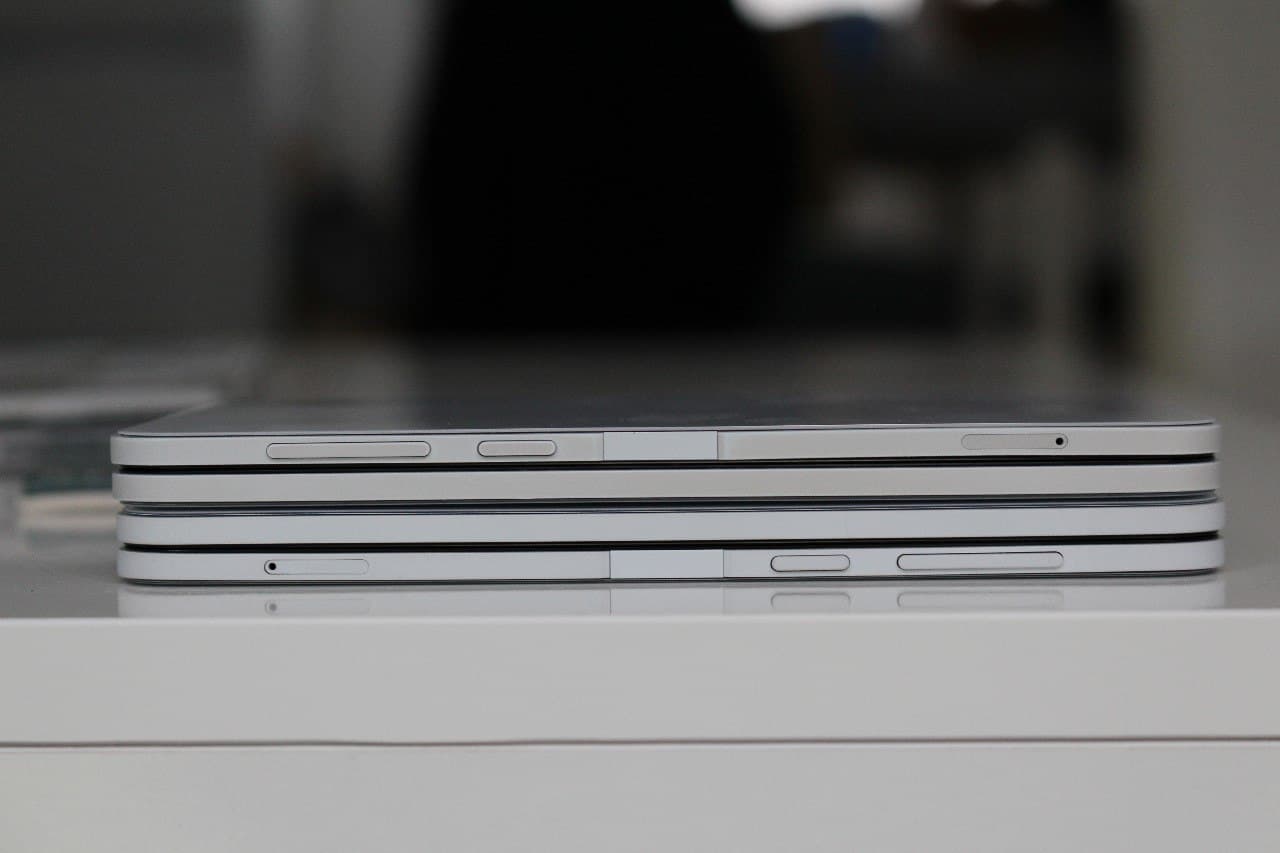
The edges also dent super easily. I have several minor scuff marks all around the device, and I've never dropped mine. The thinness of the device also means the plastic around the USB-C port cracks easily. Mine is cracked, and I've been very gentle with my USB-C port.
Another issue that I've noticed, though I've not seem many people talk about, is that the oleophobic coating on the inside and outside of the device wears off quickly. I've never had a phone that attracts fingerprints more than the Surface Duo does. White glass on the outside usually hides fingerprints pretty well, but this device picks up so many you can usually see them. This is amplified with the inside glass since those are black.
Touch response has been mixed too. Sometimes it's fine, but other times I notice the device trying to keep up with my tapping on the keyboard or swiping through apps. Everything else on the Duo has been a joy the use. The hinges are still perfect, and don't feel any less tight than they did on launch day. The displays are crisp and clear, though I do wish they had a higher refresh rate.
Microsoft is the problem with Surface Duo

While I do think Microsoft is right about dual screens, that doesn't mean the Surface Duo is perfect, because it isn't. The device launched in a notoriously buggy state. While Microsoft has fixed many of those initial software quirks, it did so at a pace which I find unacceptable, and it still hasn't fixed all of them.
I paid $1,399 for my Surface Duo at launch, and 365 days later, it is still frustrating to use at times, all because of the software bugs that Microsoft still hasn't fixed. Everything from the device just locking up and not responding, to the Microsoft Launcher or App Switcher glitching out and refusing to go away when opening apps.
This device should have received multiple bug fix updates a month, but Microsoft has only shipped one update every month, and it's even had the cheek to stop shipping bug fixes for the last four months as it waits to ship Android 11. It's just unacceptable, and it's not helped by the fact that Microsoft refuses to talk to its customers about this.
There's still no way to submit bug reports on to Microsoft on Surface Duo, and there's so place to check on the progress of bug fixes or to find workarounds for issues I continue to encounter every single day. We still don't even know when Android 11 will launch for it. I've written about this a handful of times throughout the year, and absolutely nothing has changed.
And that's not even mentioning the fact that we've had very little new features or apps show up for Duo, and in the case of the Microsoft News app, actually remove functionality specific to the Surface Duo form factor.
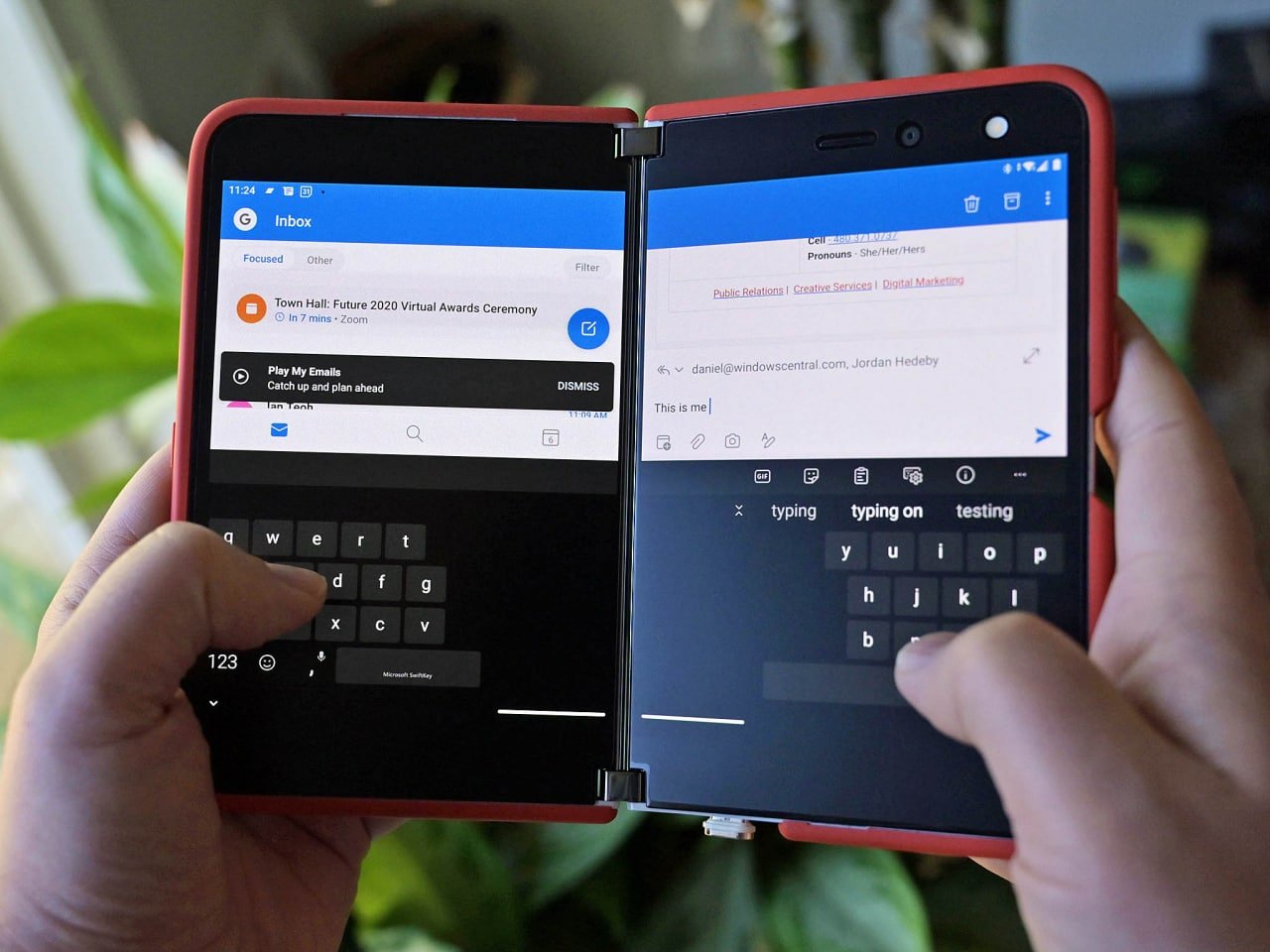
It comes across as if Microsoft has abandoned this device, and that's not helped by the fact that it can now be had for over 50% off. It just looks liked a failed experiment that Microsoft doesn't want to talk about anymore. It is so Microsoft to ship a device and then refuse to communicate with customers about its roadmap for a year. I would've thought Microsoft would want to avoid this kind of behavior considering its shoddy track record with phones.
Luckily, we know from sources that Microsoft is committed to the Surface Duo. But, I shouldn't have to result to "sources" to find out that information. Microsoft should be open about when Android 11 is coming and what features it will bring. It should be open about upcoming fixes, and let us know ETAs or give explanations for why certain issues aren't fixed yet.
Surface Duo 2 has a lot to prove thanks to Microsoft's treatment of Duo 1.
If Surface Duo 2 launches in the same state as Surface Duo 1 did, I don't think I could handle another year of buggy software and no communication. It's been tough, and it's been frustrating. Many average users would've put this device down months ago, but I soldiered on.
At the very least, Microsoft should be more open with its customers and fans who own Surface Duo devices. Let us know when the next update is coming, give us a list of known issues and possible workarounds, just be more transparent with us. Convince us that this device is more than just a pet project, and that you care about it once it's shipped.
I should clarify that Microsoft has fixed bugs on the Surface Duo since launch. It's a much more stable experience today than it was 12 months ago. However, it's still not perfect. I still frequently encounter bugs that force me to reboot at least four times a week, which just shouldn't be the case 12 months later.
Will things improve with Surface Duo 2?
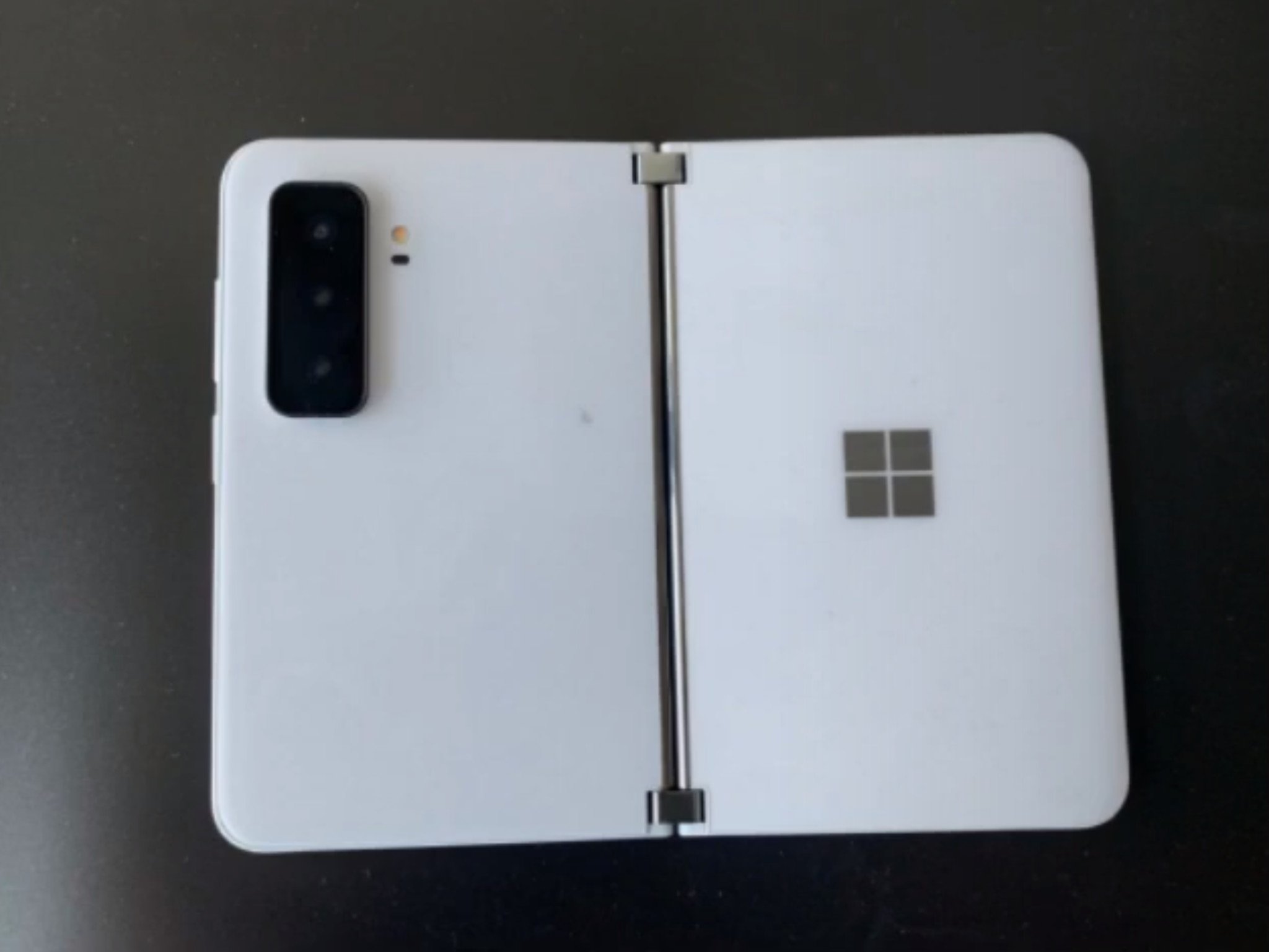
Overall, this year with the Surface Duo has convinced me that Microsoft is right about dual screens, and if it can nail the software and hardware with version two, I think the company will be on to a winner. But there's no denying it: progress on the Surface Duo has been slow. Too slow, in fact. For a device that's been on the market for a year, it is still unacceptably buggy.
If Microsoft can fix most of the software issues with Android 11, all will be forgiven. But the lack of communication with its customers is still an issue that it needs to solve before I can recommend any Duo device to a "normal" person.
Unfortunately, I think the high-price tag is going to continue being an issue for many people as well. If I were Microsoft, in 2022 I would try and figure out ways of bringing down that price tag. Make a mid-range model and try to get it out to a more mass-market audience. People need to use Surface Duo to realize its potential. Just being told about it isn't enough.
For now, however, I will be buying the Surface Duo 2 when it launches next month. If I was able to survive an entire year with the first Surface Duo, I think using the Surface Duo 2 is going to be a cake walk. Surface Duo achieved its goal of convincing me that the dual-screen form factor is a viable option, and that's a win for Microsoft.
Now it just needs to work on making the OS as stable as possible, adding new features that differentiates the Duo from other devices further, and improve its communication skills.
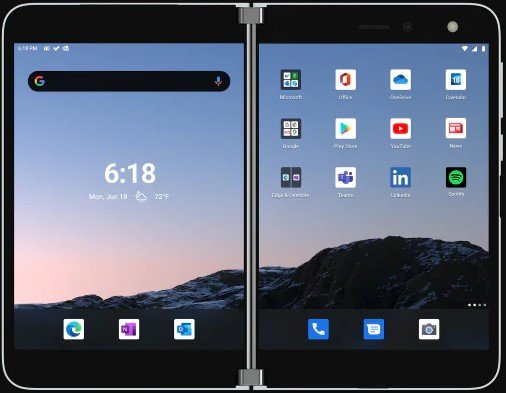
Two screens are better than one.
Microsoft delves into the future of foldables with an ambitious dual-screen device, featuring two ultra-thin 5.6-inch AMOLED displays bound by a 360-degree hinge. This pocketable inking-enabled Android smartphone marks the latest in the Surface lineup, geared for mobile productivity.

